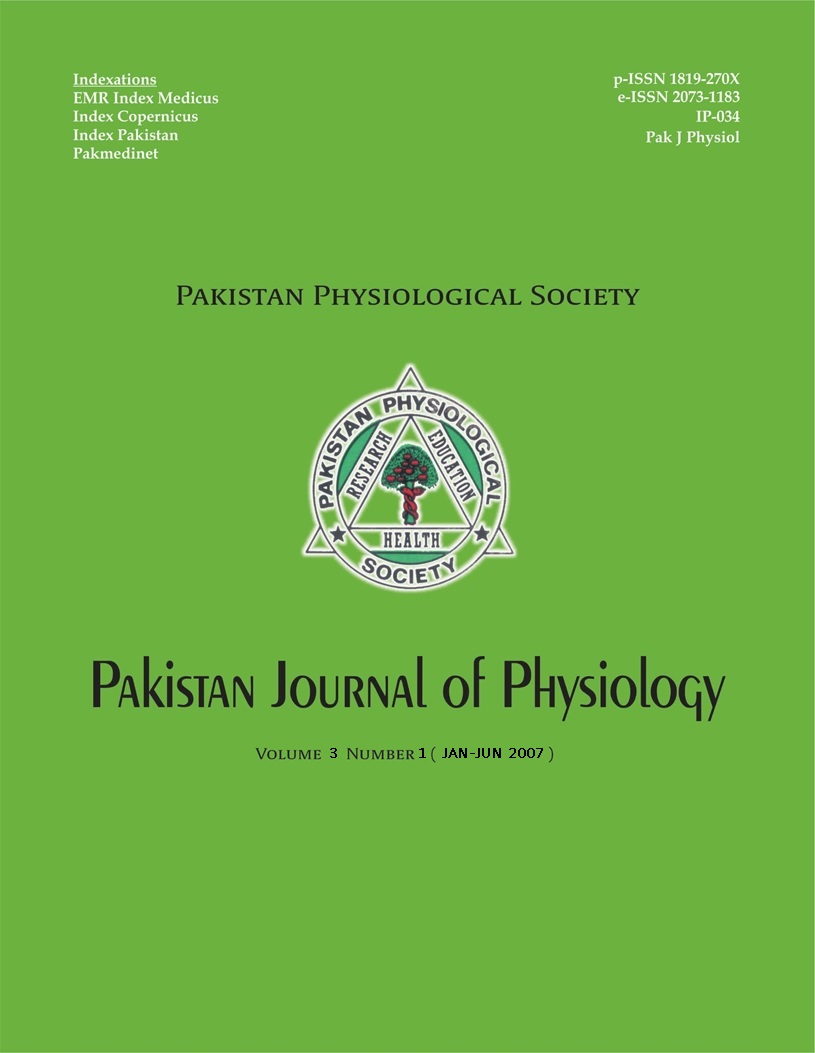NITRIC OXIDE MEASUREMENT FROM BLOOD TO LUNGS, IS THERE A LINK?
DOI:
https://doi.org/10.69656/pjp.v3i1.636Abstract
Endothelium-derived nitric oxide (NO) is a key molecule in regulation of vascular tone and its association with vascular disease has long been recognized. NO inhibits many processes known to be involved in the formation of atherosclerotic plaque, including monocyte adhesion, platelet aggregation and vascular smooth muscle cell proliferation. Another important role of endothelial NO is the protection of the vascular wall from the oxidative stress induced by its own metabolic products and by the oxidation products of lipids and lipoproteins. Endothelial dysfunction, occurs at very early stages of atherosclerosis. It is therefore possible that deficiency in local NO availability could be a final common pathway that accelerates atherogenesis in humans. In addition to its role in the vascular endothelium, NO availability has been shown to modulate metabolism of lipoproteins. Negative correlation has been reported between plasma concentrations of NO metabolic products and plasma total and Low Density Lipoprotein [LDL] cholesterol levels while High Density Lipoprotein [HDL] improves vascular function in hypercholesterolaemic subjects. The loss of NO has considerable effect on the development of the disease. In the early stages of the disease reduced NO would leave the endothelium vulnerable to increased leukocyte diapedesis and increase the possibility of LDL oxidation. Oxidative stress and endothelial dysfunction are major contributors to development and progression of atherosclerosis in Diabetes Mellitus. Moreover, reports show that diabetics have impaired lung functions. It has been proposed that insulin resistance leads to airway inflammation.
Downloads
Downloads
Published
How to Cite
Issue
Section
License
The author(s) retain the copyrights and allow their publication in Pakistan Journal of Physiology, Pak J Physiol, PJP to be FREE for research and academic purposes. It can be downloaded and stored, printed, presented, projected, cited and quoted with full reference of, and acknowledgement to the author(s) and the PJP. The contents are published with an international CC-BY-ND-4.0 License.












